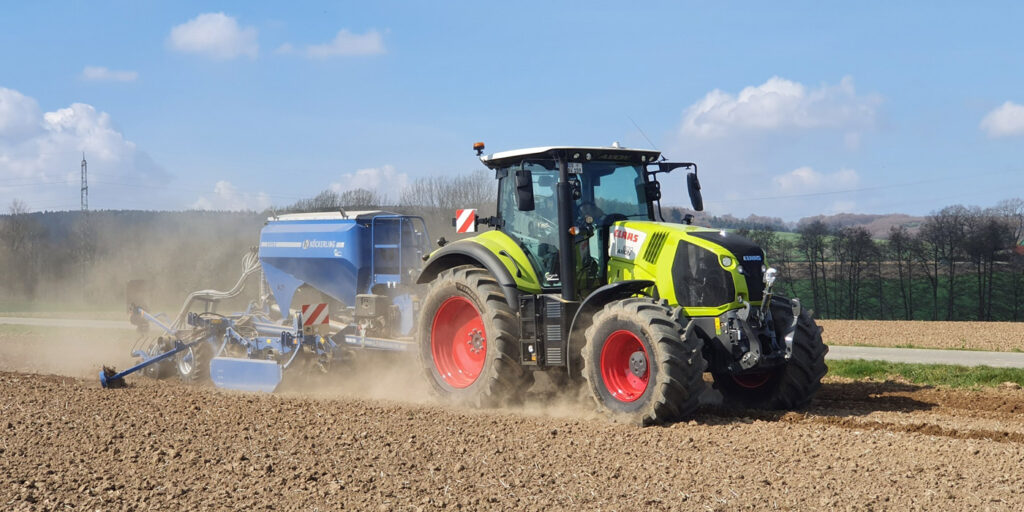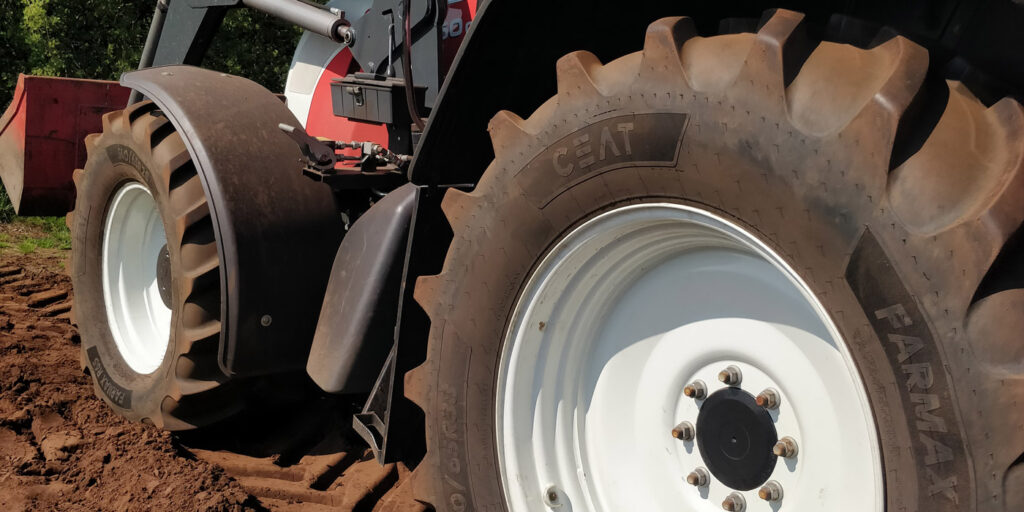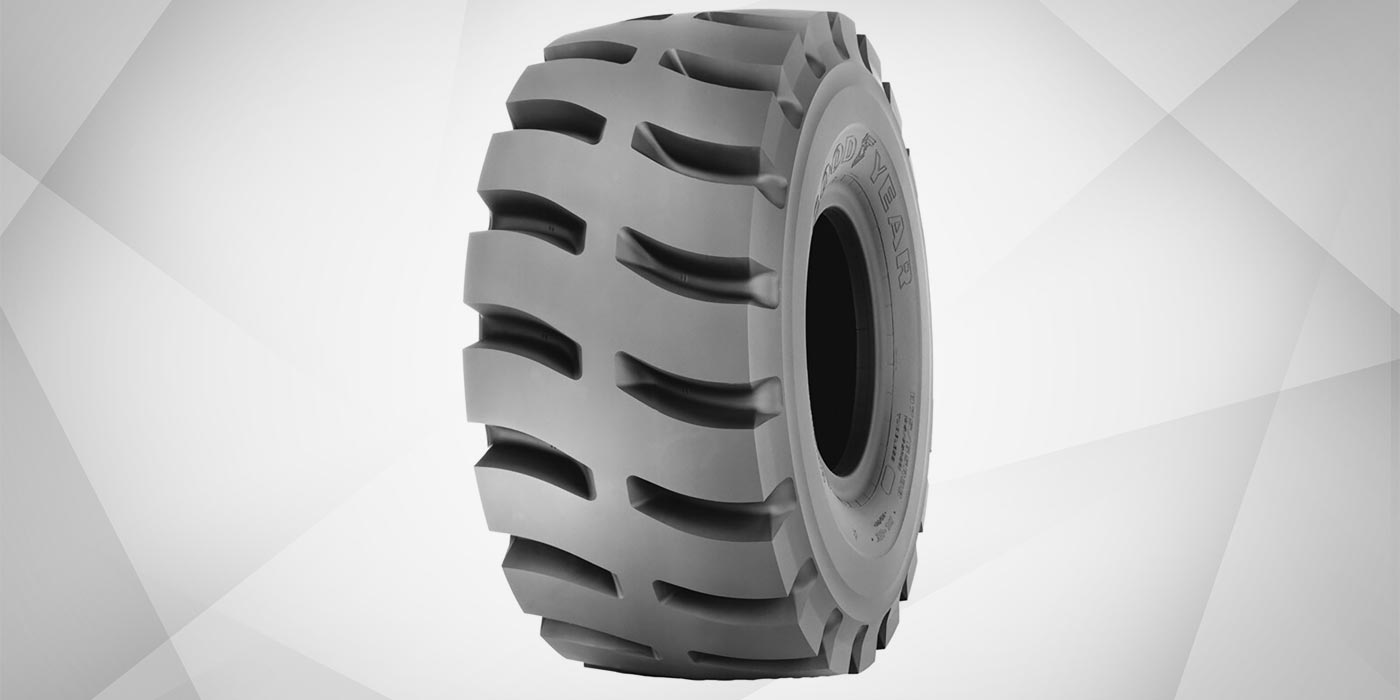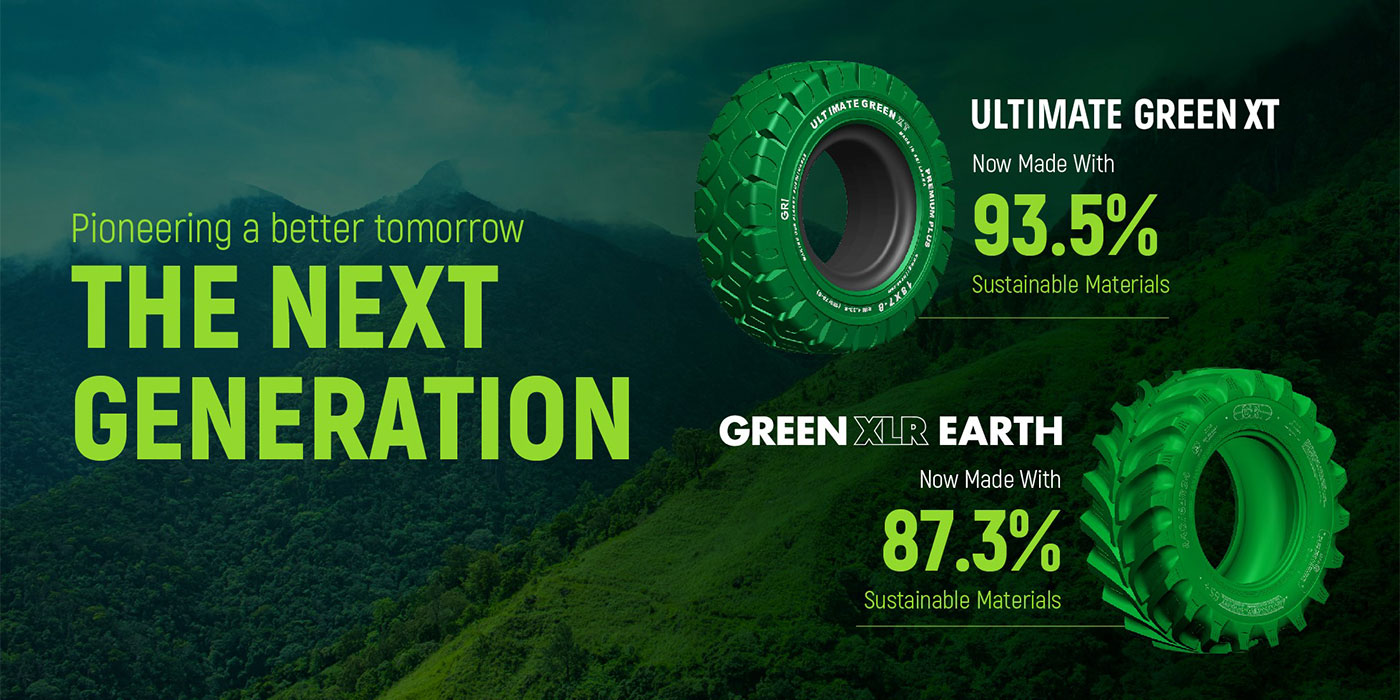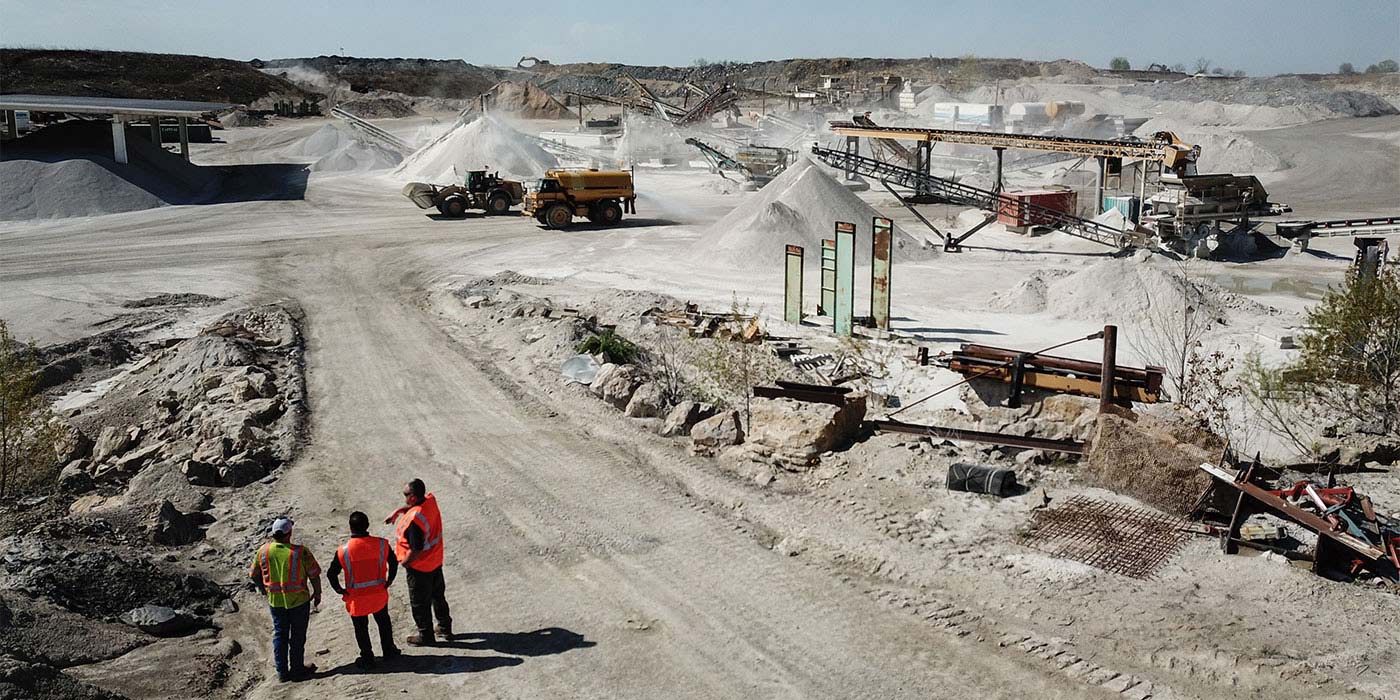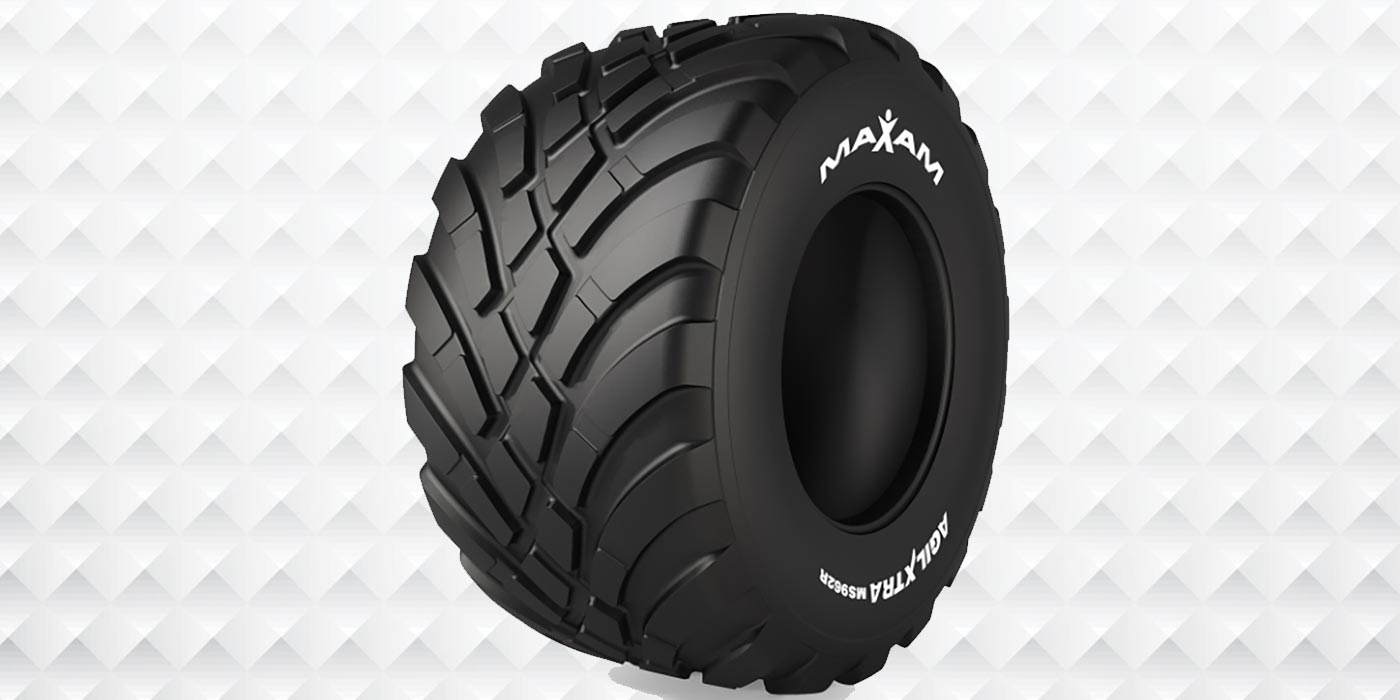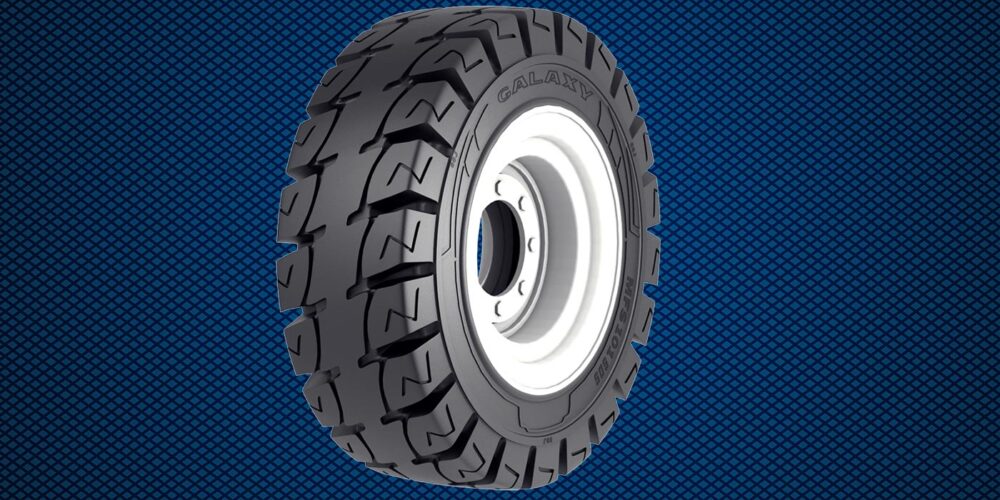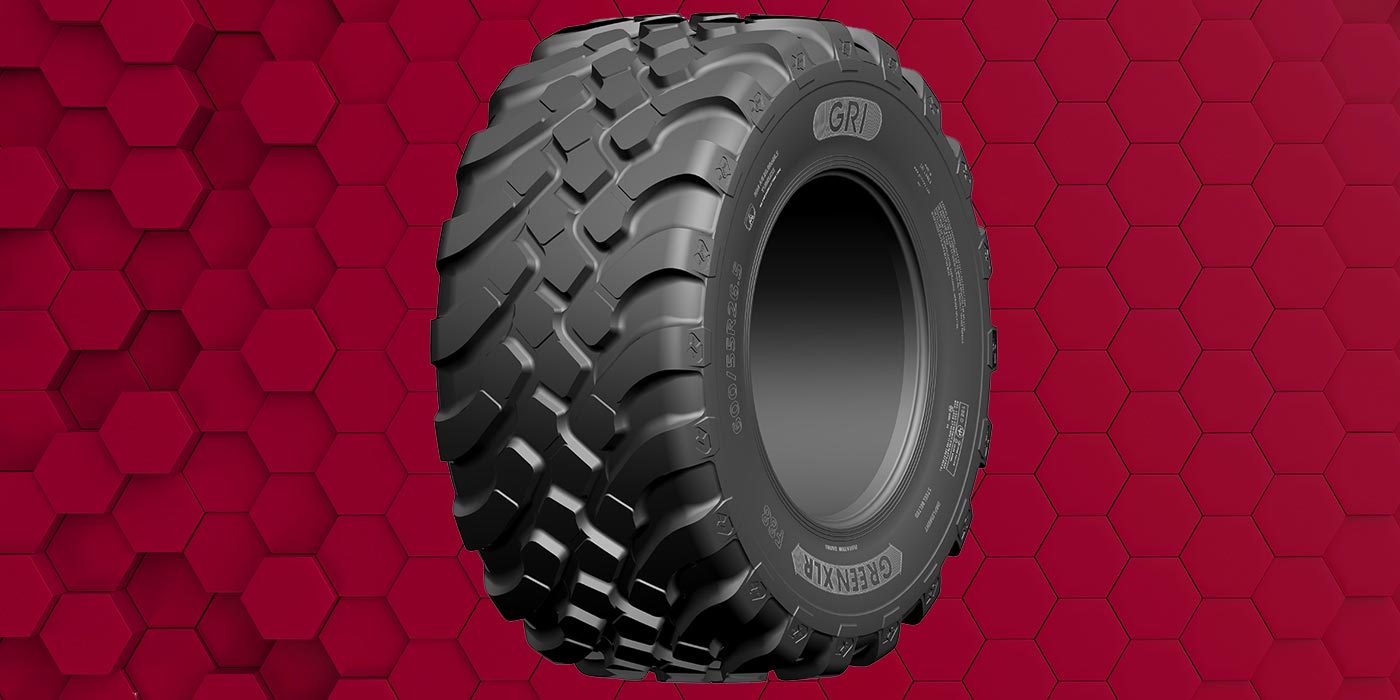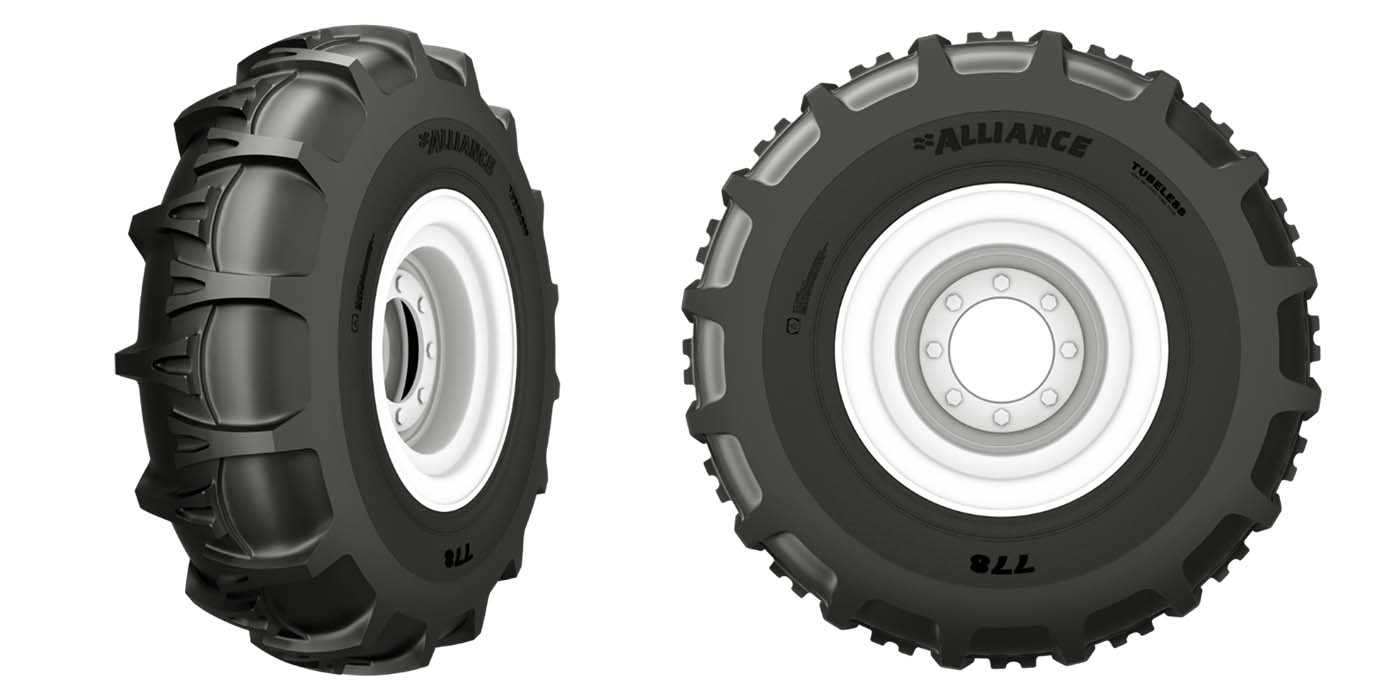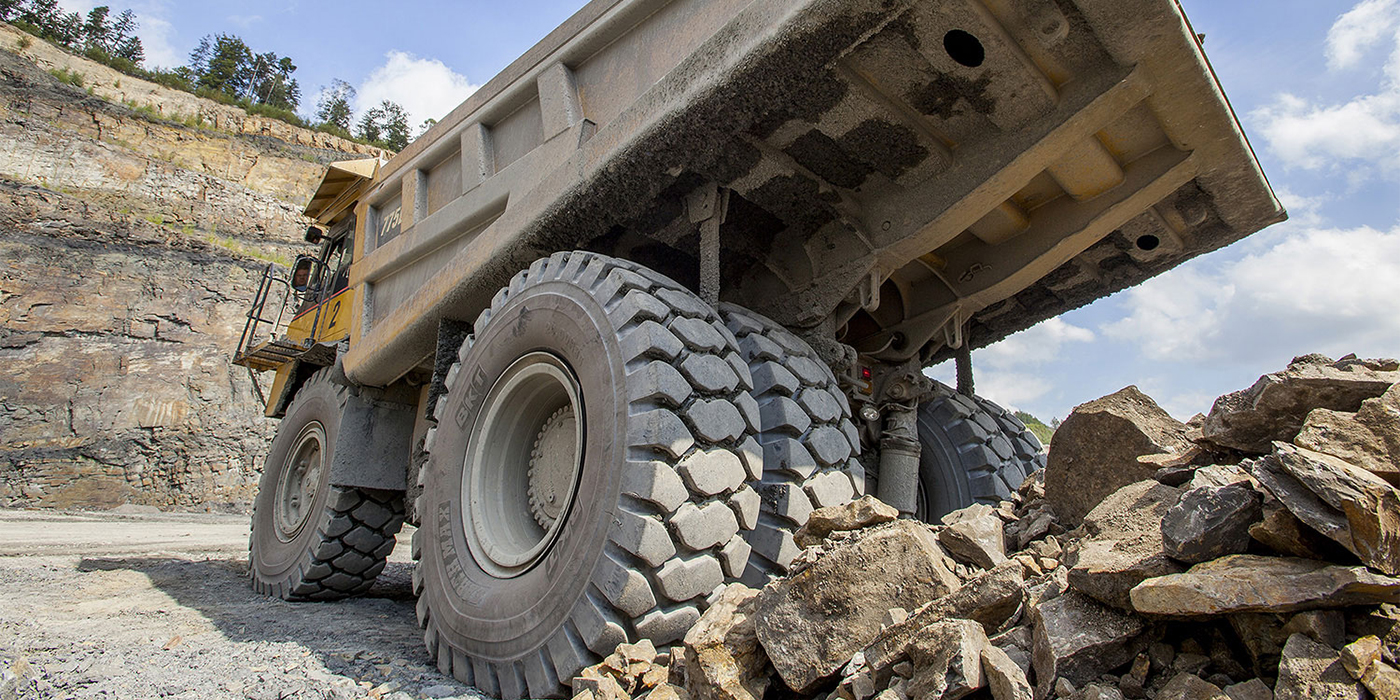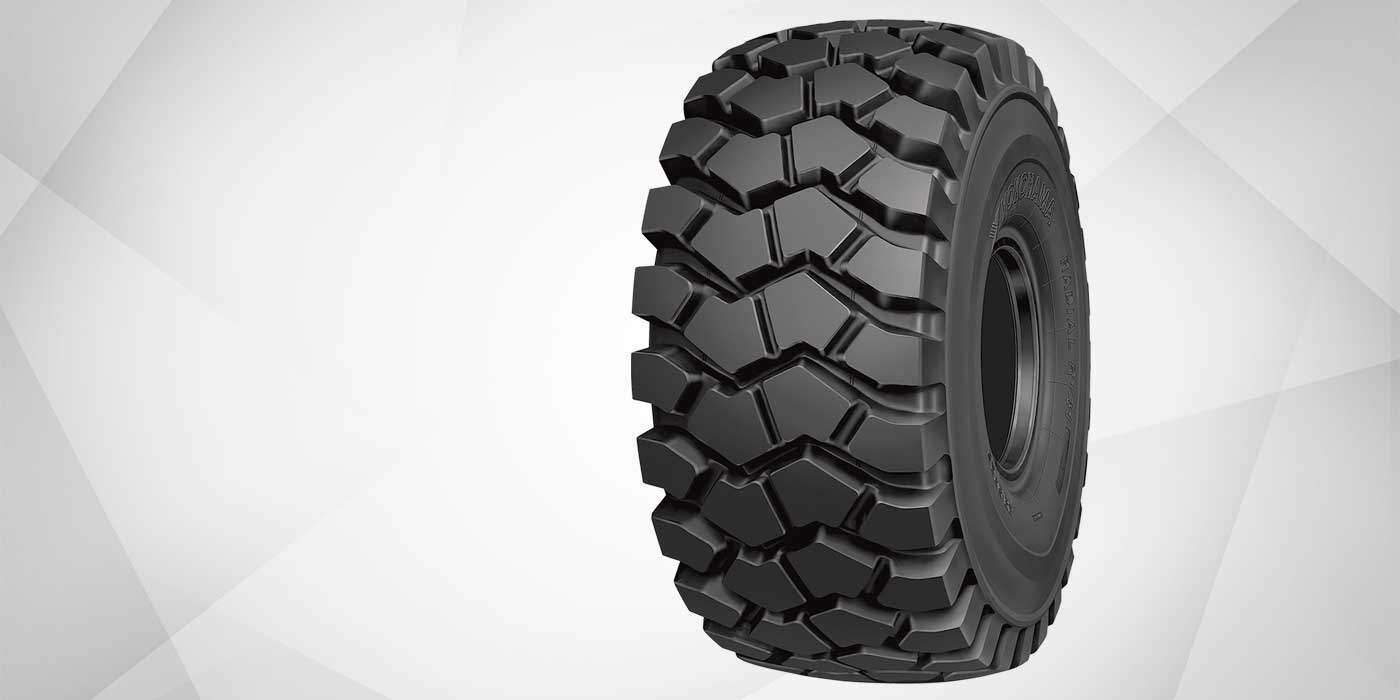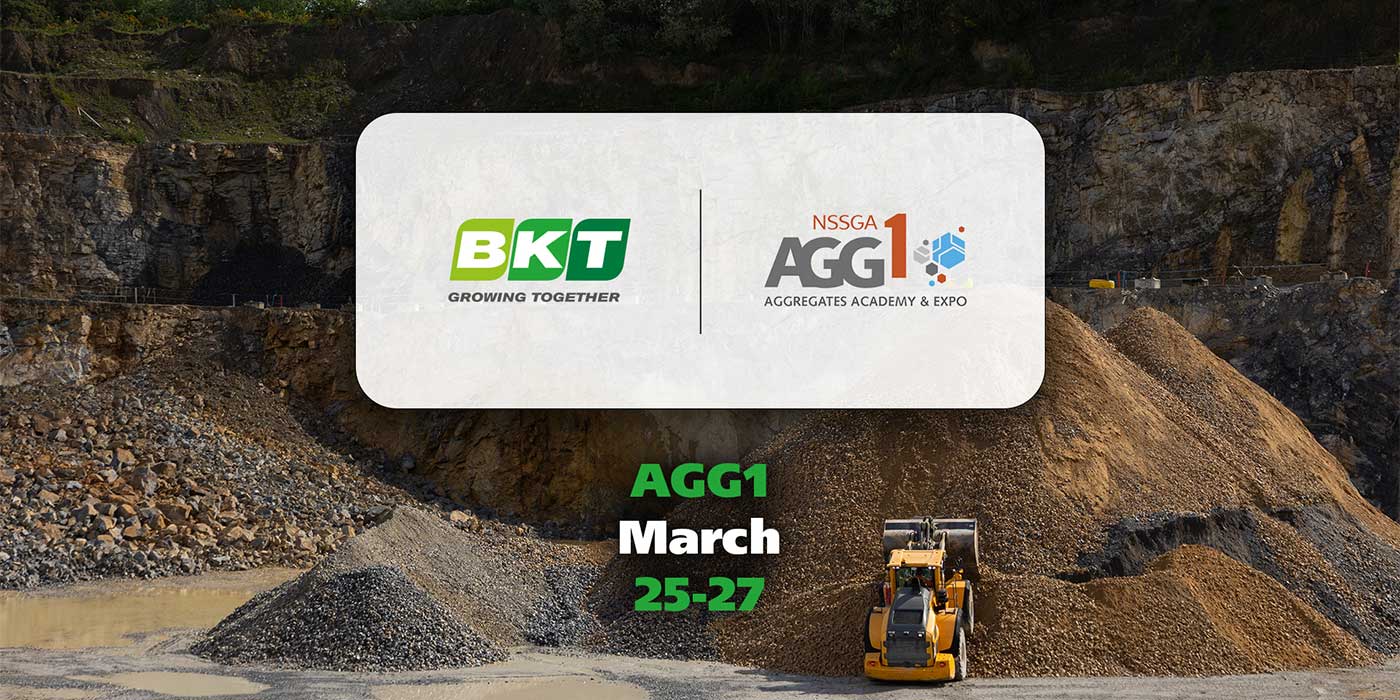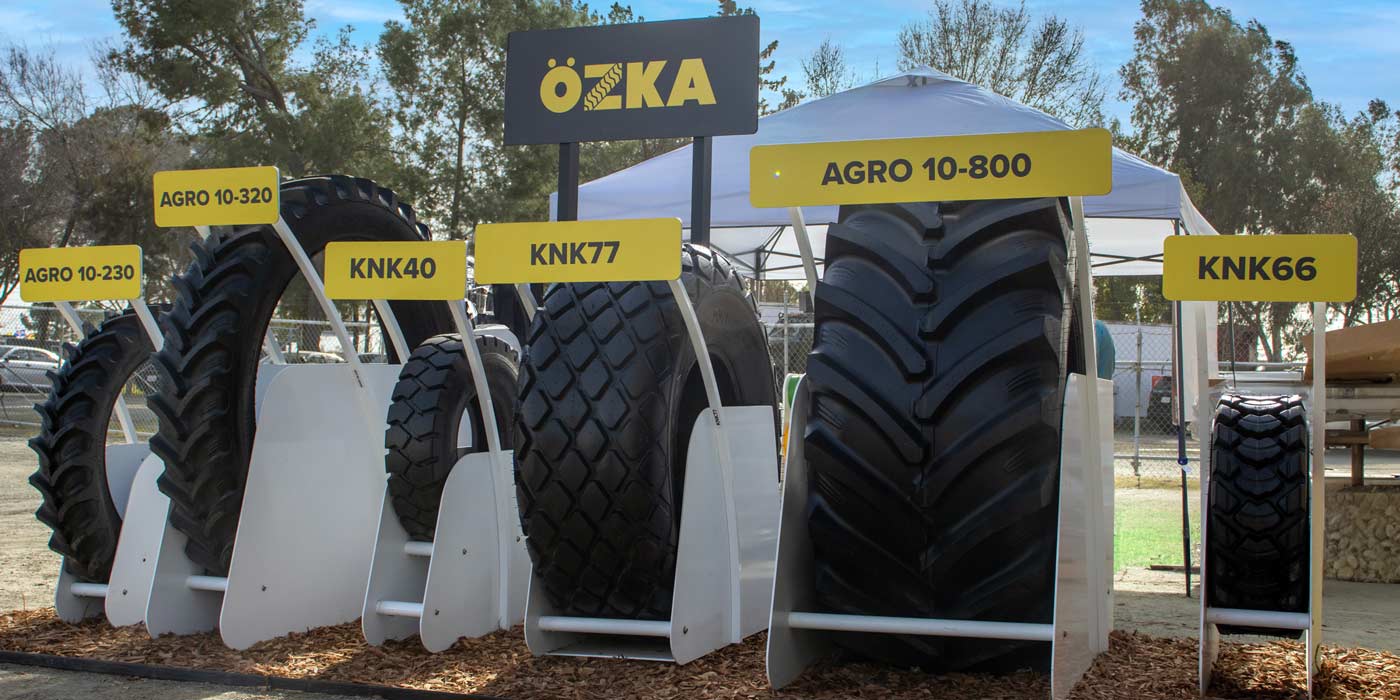Traction and flotation represent different operational tasks on the farm. Identifying tire solutions that can ideally accomplish both will help ag tire dealers provide the best possible advice to their farmer customers.
Flotation
Ag tire flotation is the ability to remain on or near the soil surface as you are moving across that surface. Flotation is directly related to the weight and the footprint of the tires that are carrying that weight. The larger the footprint, the better the flotation, and the lighter the weight, the better the flotation. When you are increasing the footprint and/or reducing the weight carried, you are reducing the down pressure (weight per square inch). This reduces both the ground pressure and compaction potential. Reducing compaction potential results in maximizing crop production.
How do you maximize flotation? Reduce the weight carried and maximize the footprint of your tires. Reducing the weight carried isn’t usually much of an option, but maximizing the footprint is a very good tool that will reduce compaction.
Tire selection is really key to maximizing the footprint. Adding more tires (like front duals along with rear duals, triples or even quads), wider tires, larger diameter tires, higher load-carrying capacity tires, higher aspect ratio tires, and “IF” (increased flexion tires) and “VF” (very high flexion tires) tires can all help achieve flotation objectives.
The air chamber in ag tires determines the weight-carrying capacity for the most part, so increasing the air chamber will increase flotation. The larger the air chamber, the more you can reduce your air pressures which are directly related to ground pressure. You can increase the size of your air chamber by increasing the width, height and aspect ratio. The higher the tires’ load-carrying capacity, the more you can reduce inflation pressures. The higher the aspect ratio, the more sidewall you have available for sidewall deflection to grow your footprint.
The way to maximize flotation is pretty straightforward: Add more tire! Utilize very large diameter tires with large section widths, high aspect ratios and high load-carrying capacities, coupled with IF or VF technology.
Traction
Ag tire traction is the transfer of power to the ground, resulting in movement across the surface. To maximize traction, you need to reduce tire slip.
Tire companies devote considerable resources to designing tires that can exert more force without slipping, using factors like tread and lug design, surface type, compounding and features like sipes to increase traction.
Reducing tire slip can be achieved by increasing ballast weight—opposite of the concept of reducing pressure to the soil via flotation. In most soil conditions, however, utilizing the higher load-carrying capacity tires, as well as IF and VF tires, will also increase traction as the footprint architecture is altered in length providing more in-line tractive surfaces—while simultaneously improving flotation.
Flat Plate
There are really no industry standards for comparing footprints, so be careful when using this information to compare manufacturers. In general, using the flat plate or footprint calculations as a tool to increase flotation is quite easy. The larger the footprint, the better the flotation. Utilizing the footprint to increase traction is not so clear-cut. In some cases, the smaller the footprint the better the traction, because you simply increase the weight per inch or per unit area.
Conclusion
The big challenge is wanting to maximize traction to optimize equipment efficiency, while minimizing compaction potential to optimize crop yields.
Flotation and traction are almost on a teeter-totter. As flotation increases, the traction decreases due to reduced ground pressures. As the flotation decreases, the traction increases. These opposing effects are not so dramatic under low-torque applications but can be quite extreme in high-torque situations.
The best way to increase traction while minimizing compaction during high-torque applications is to:
- Make sure correct air pressures are used for road and field speeds.
- Increase the footprints in length via IF and VF.
- Use higher load-carrying capacity tires, along with higher aspect ratio tires with larger air chambers.
These tactics will grow the tire footprint in length providing optimal flotation, while, at the same time, lining up the tractive surfaces to provide the most efficient transfer of power to the ground.
Ag tires are advancing so quickly and becoming more and more specialized. So, be sure to discuss the operational conditions, such as soil types, that your farmer customers are facing with your tire manufacturer engineers to devise the best solutions for these customers.

